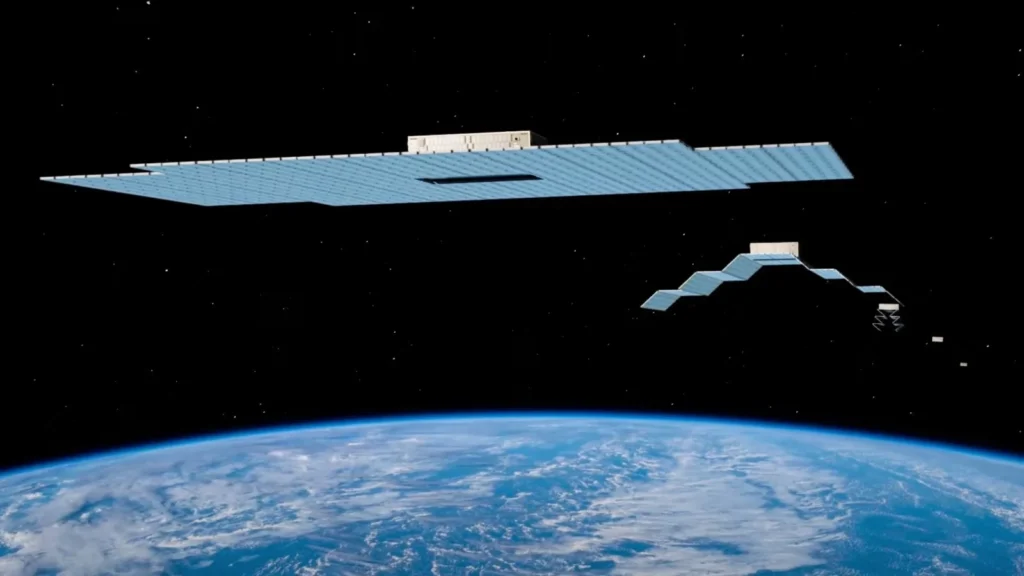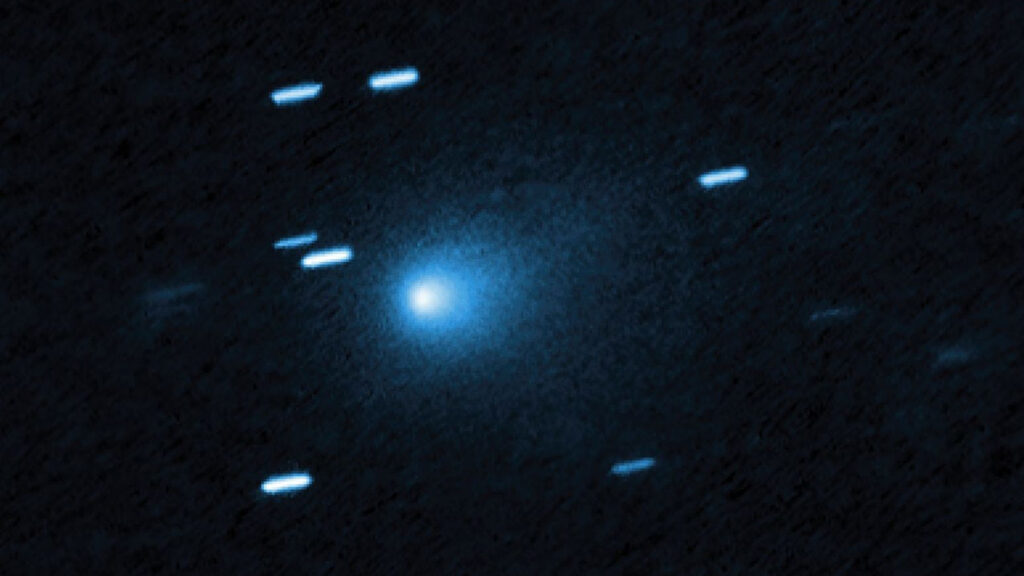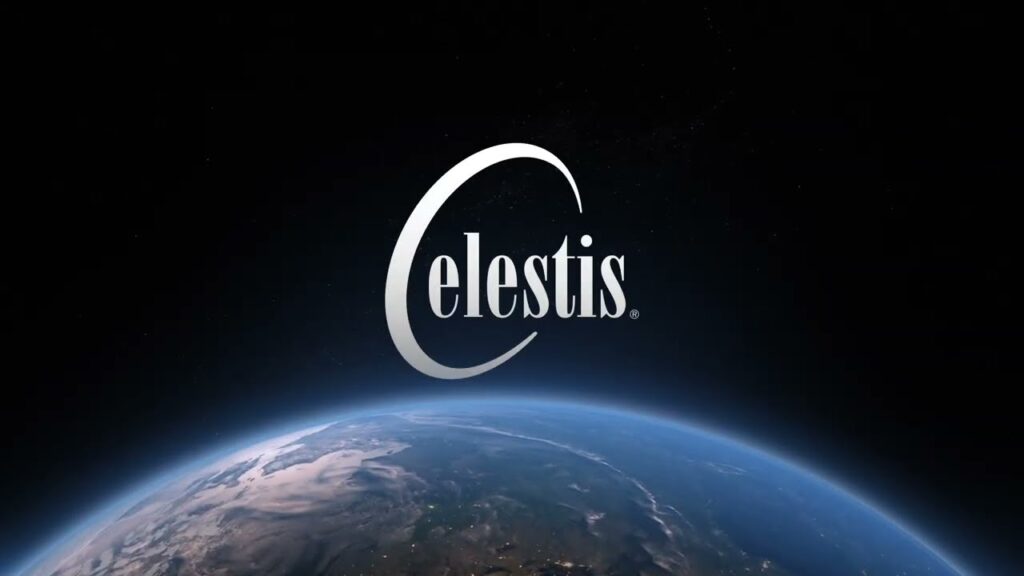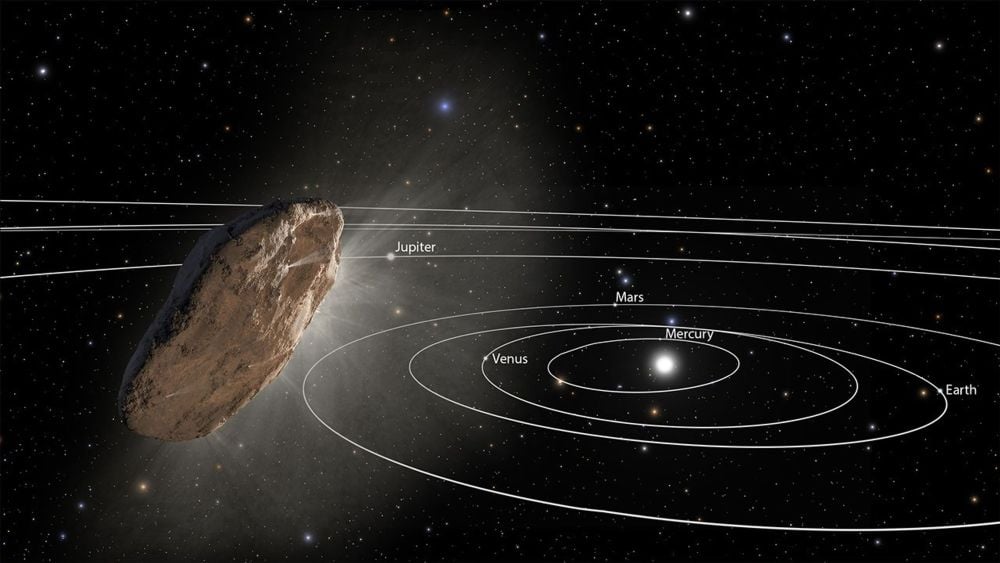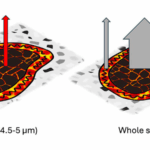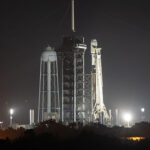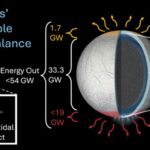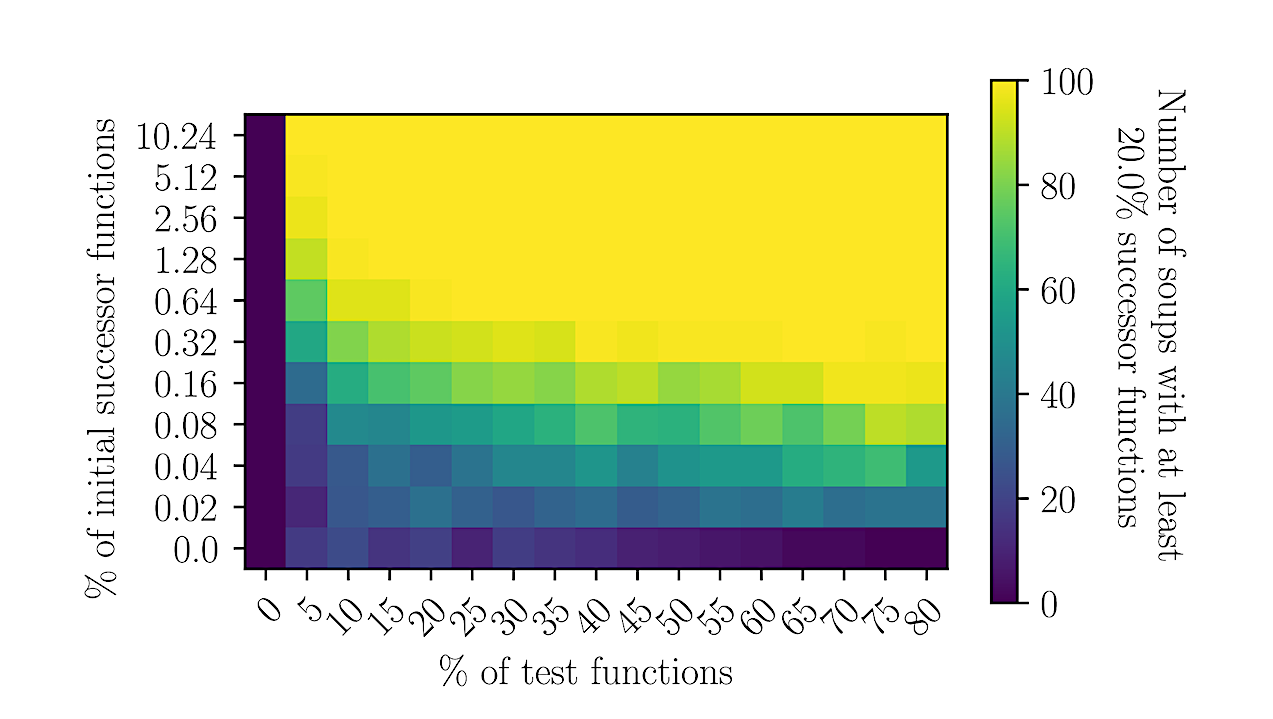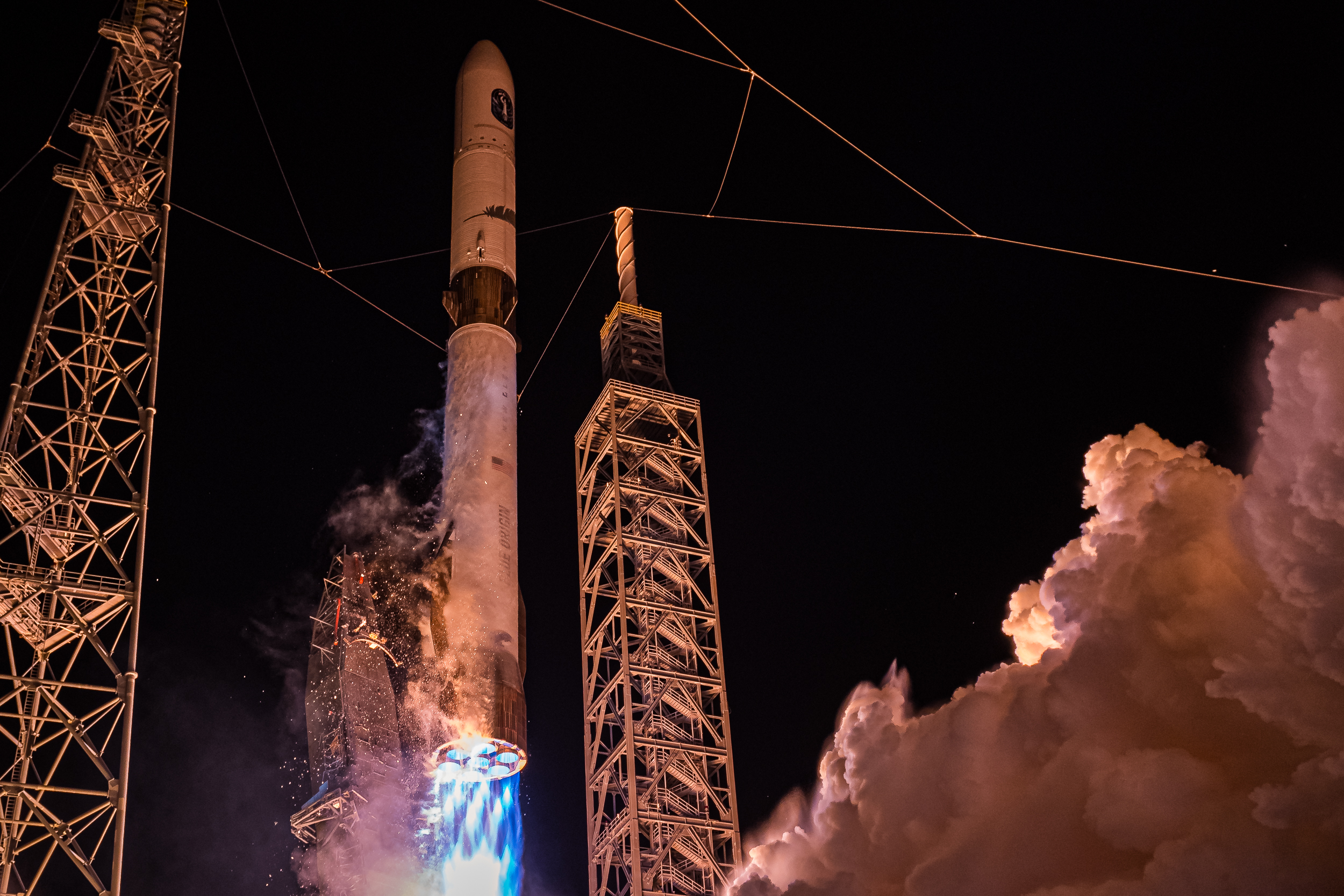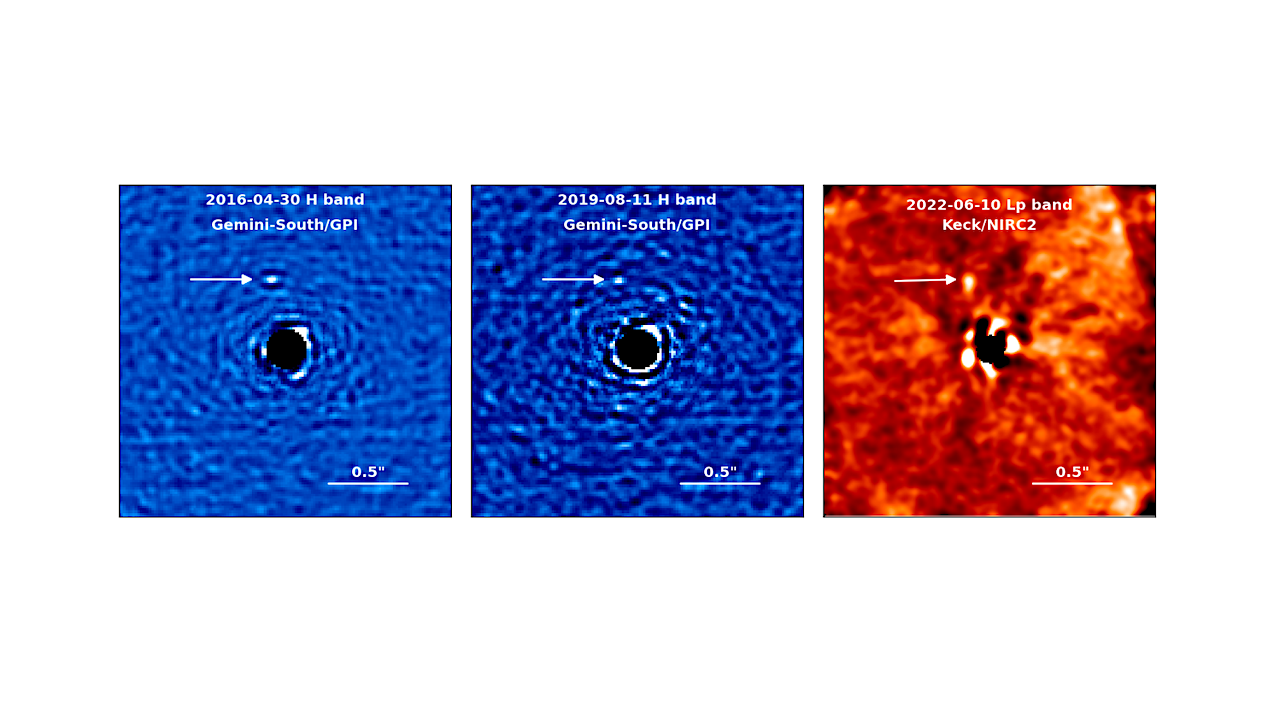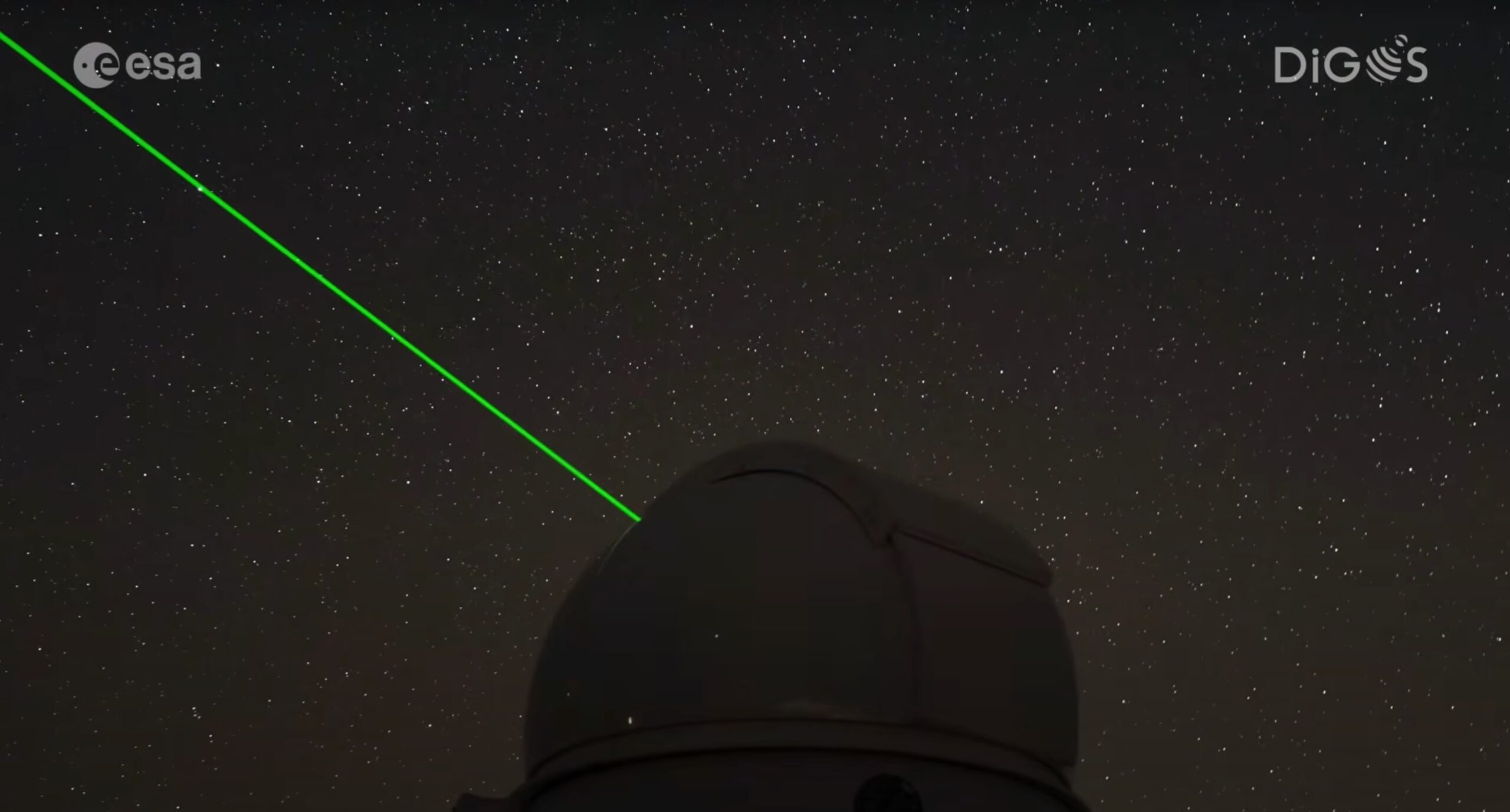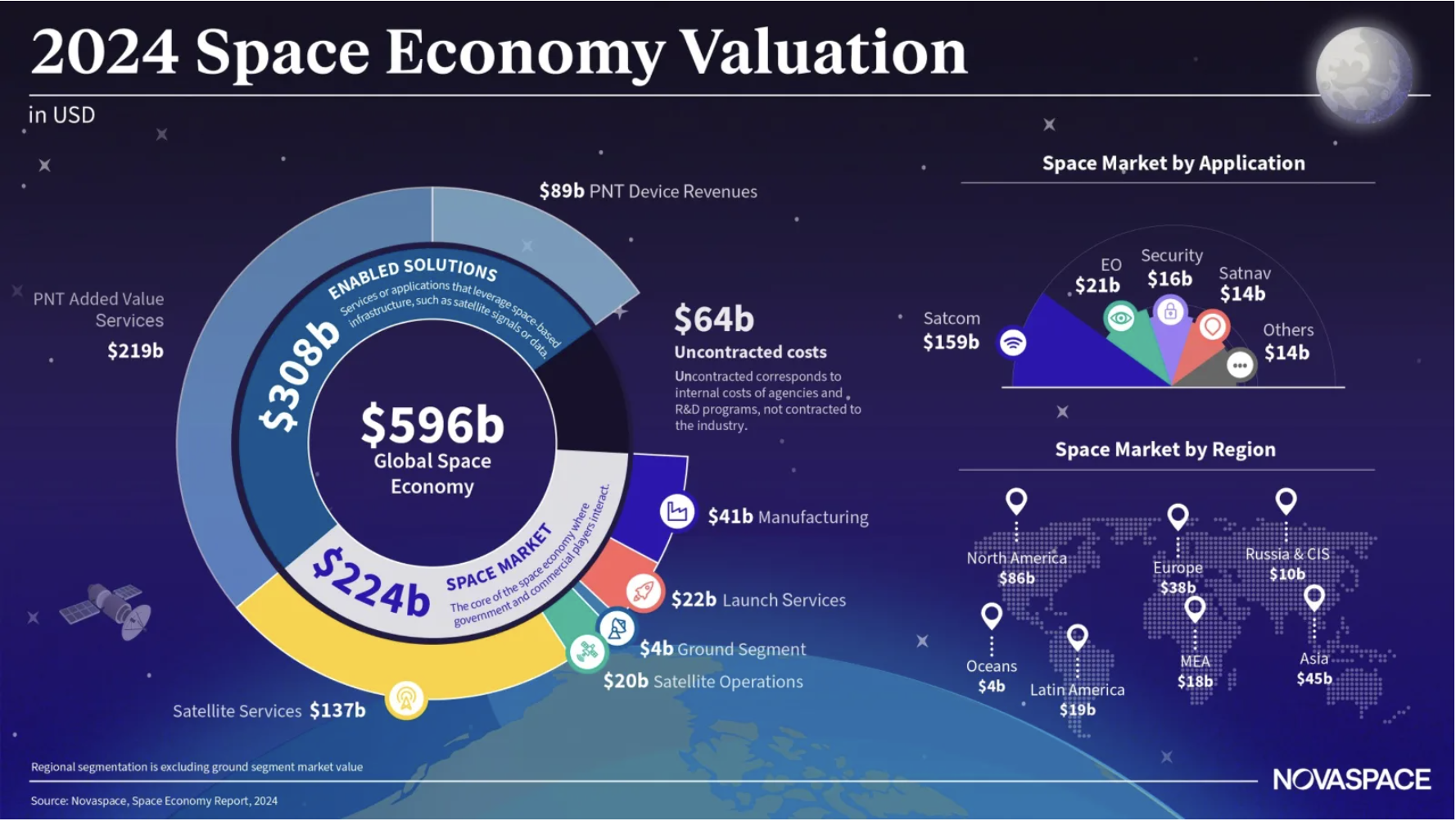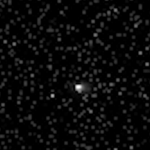The companion light curve in two continuum bands interpreted with a pulsar direct heating model. (a) The models are shown by the curves and the data are shown by the
Amplification of the successor function under varying initial conditions. For each pixel in the heatmap, 100 soups containing 5000 expressions are run for 106 collisions. We measure the number of
PARIS — Launch companies are reiterating plans to sharply increase flight rates to meet growing government and commercial demand, even as some fall short of earlier projections. Executives speaking at
Reduced flux maps of HD 143811 AB obtained by Gemini/GPI in 2016 and 2019 (left and center) and Keck/NIRC2 in 2022 (right). These images are 2” × 2”. North is
PARIS – EchoStar is looking for ways to expand its communications business as an “asset-light growth company,” CEO Hamid Akhavan said Sept. 15, after regulatory pressure prompted a series of
NASA/Michael DeMocker NASA astronauts Matthew Dominick (left) and Mark Vande Hei (right) prepare to fly out to a landing zone in the Rocky Mountains as part of the certification run
Sometimes an unusual celestial sight will take place at a rather ungodly hour. As a budding young amateur astronomer living in the Bronx, I remember the bemused look on my
The United States space enterprise is undergoing a sweeping transformation: commercial innovation is progressing at an incredible pace, with profound implications for national defense, economic competitiveness and industrial resilience. The
At a double observatory atop Mount Teide on the Spanish island of Tenerife, a powerful laser is being deployed to track fragments of space debris in orbit and warn when
PARIS – Expanding defense budgets and the direct-to-device race are driving growth in the global space economy, Novaspace CEO Pacôme Révillon, said at the outset of the World Space Business Week
-
 012024 in Review: Highlights from NASA in Silicon Valley
012024 in Review: Highlights from NASA in Silicon Valley -
 02Panasonic Leica Summilux DG 15mm f/1.7 ASPH review
02Panasonic Leica Summilux DG 15mm f/1.7 ASPH review -
 03How New NASA, India Earth Satellite NISAR Will See Earth
03How New NASA, India Earth Satellite NISAR Will See Earth -
 04And Thus Begins A New Year For Life On Earth
04And Thus Begins A New Year For Life On Earth -
 05Astronomy Activation Ambassadors: A New Era
05Astronomy Activation Ambassadors: A New Era -
06SpaceX launch surge helps set new global launch record in 2024
-
 07Space Force plans new ‘Futures Command’ amid pressure to speed up modernization
07Space Force plans new ‘Futures Command’ amid pressure to speed up modernization



